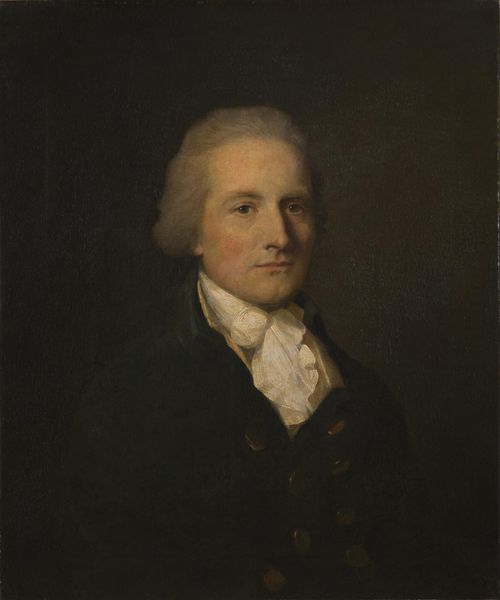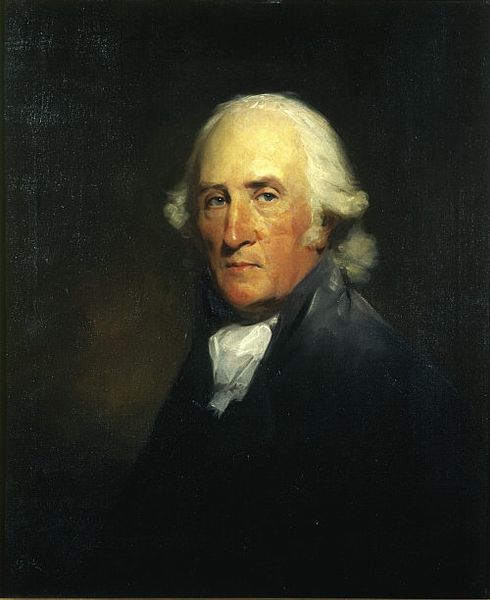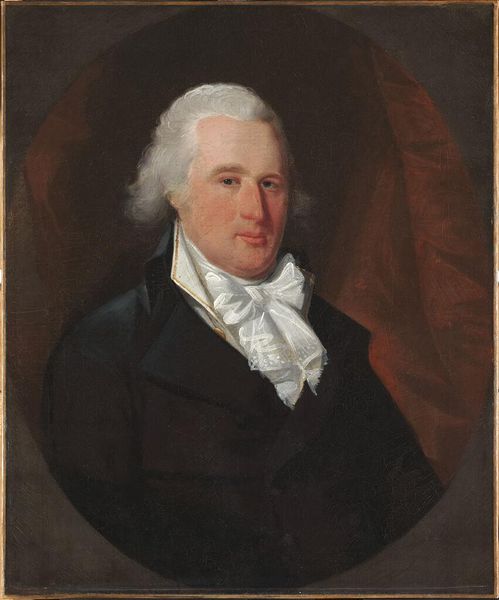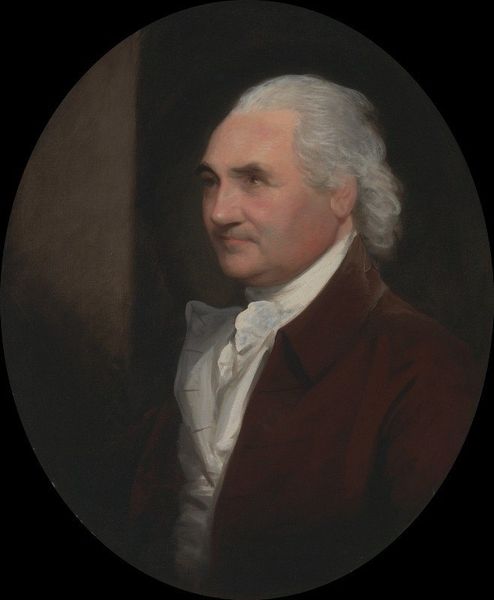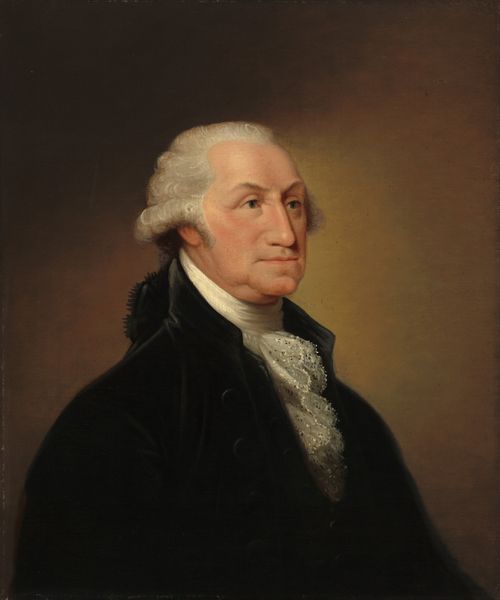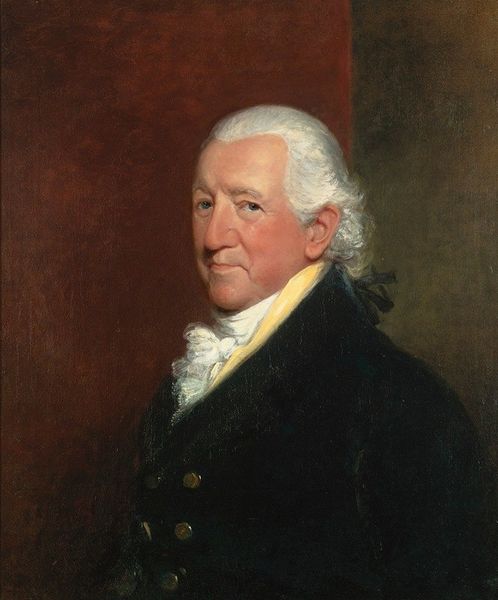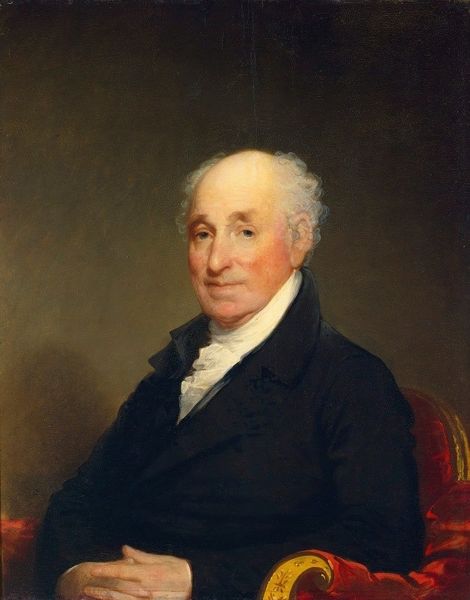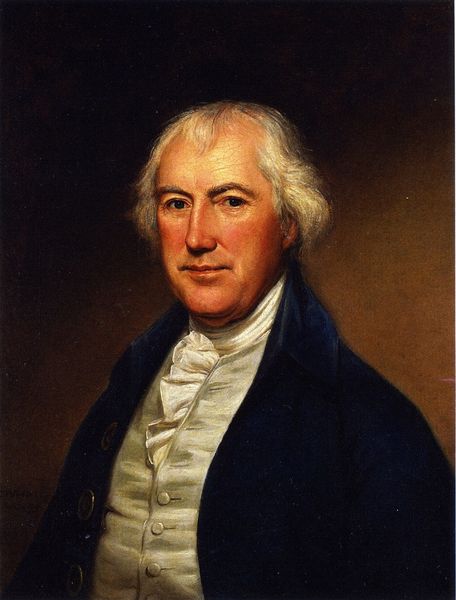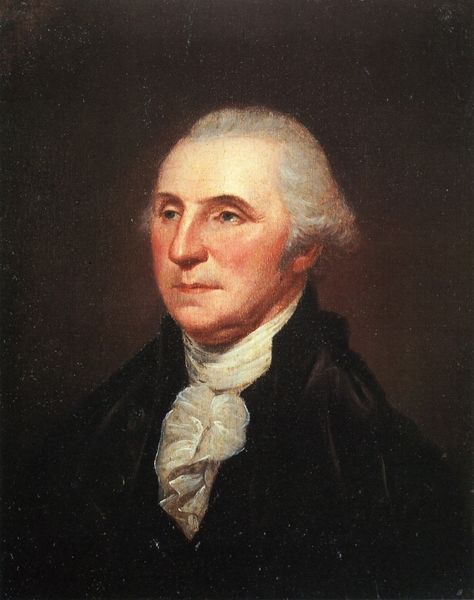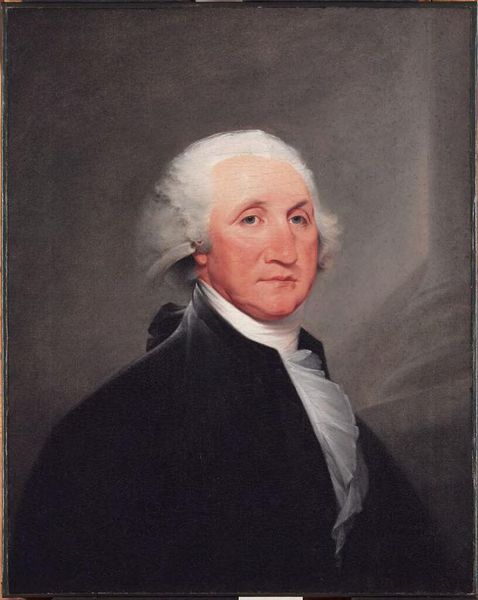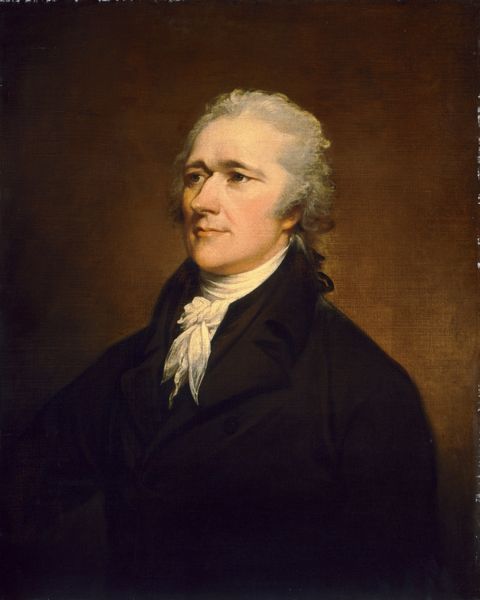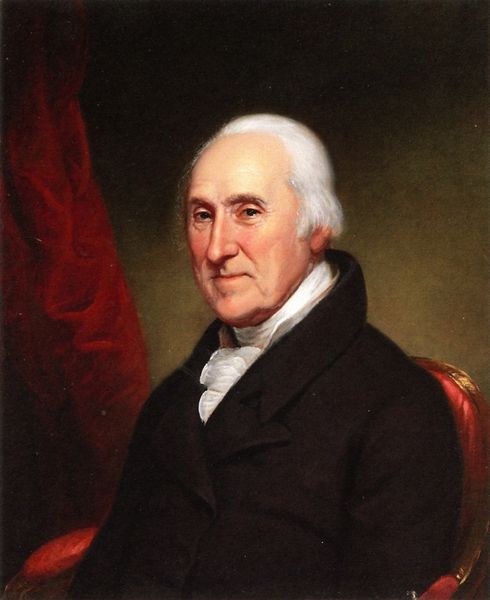
painting, oil-paint
#
portrait
#
neoclacissism
#
self-portrait
#
portrait
#
painting
#
oil-paint
#
academic-art
#
realism
Copyright: Public domain
Curator: Looking at Charles Willson Peale's "Self-Portrait" from 1791, rendered in oil paint, I’m struck by the incredible precision, almost like seeing the man himself standing here. Editor: I get a real sense of Enlightenment rationality from it. He seems so controlled, composed... perhaps a little…buttoned-up? Curator: Well, perhaps, but don't let the neatly tied cravat fool you. Peale was anything but a typical portraitist. He was a revolutionary, literally. And his portraits aimed to reflect not just likeness, but also the sitter’s inner worth. Editor: Absolutely. We have to remember this was a period of tremendous social and political upheaval. Self-representation for men like Peale becomes a crucial statement. He’s declaring, ‘I am a rational, virtuous citizen’ – very different from the decadent portrayals of aristocracy. Curator: Exactly! He wasn't just documenting faces; he was documenting a new American identity. You can sense the revolutionary ideals baked right into the brushstrokes. And this painting itself? It’s so carefully composed. I mean, look at the play of light on his face, those subtle variations... he clearly relishes the detail, right? Editor: He does. And it is undeniably competent work in the Neoclassical style. But how does it feel different looking at another self-portrait rather than portrait of someone else? Does the artist offer us some access to the person that we might not have otherwise? Curator: I do believe that. It’s interesting to observe how he presented himself: serious, intelligent, respectable... Almost eager to appear capable. It reveals, if not raw honesty, at least, how he wanted to be perceived and understood by his community and by posterity. Editor: Which is of course its own type of truth. Looking at Peale from the 21st century is like looking at the foundation of a nation struggling to articulate and consolidate an identity – and it makes you wonder about whose voices were consciously included, and those inadvertently or pointedly excluded in this period of identity construction. Curator: Food for thought, indeed. It's funny to consider all this encoded into the simple, still surface of the work. Thanks for teasing out some fresh and perhaps even overlooked layers! Editor: It’s all in seeing old images with new eyes, always a privilege!
Comments
No comments
Be the first to comment and join the conversation on the ultimate creative platform.
